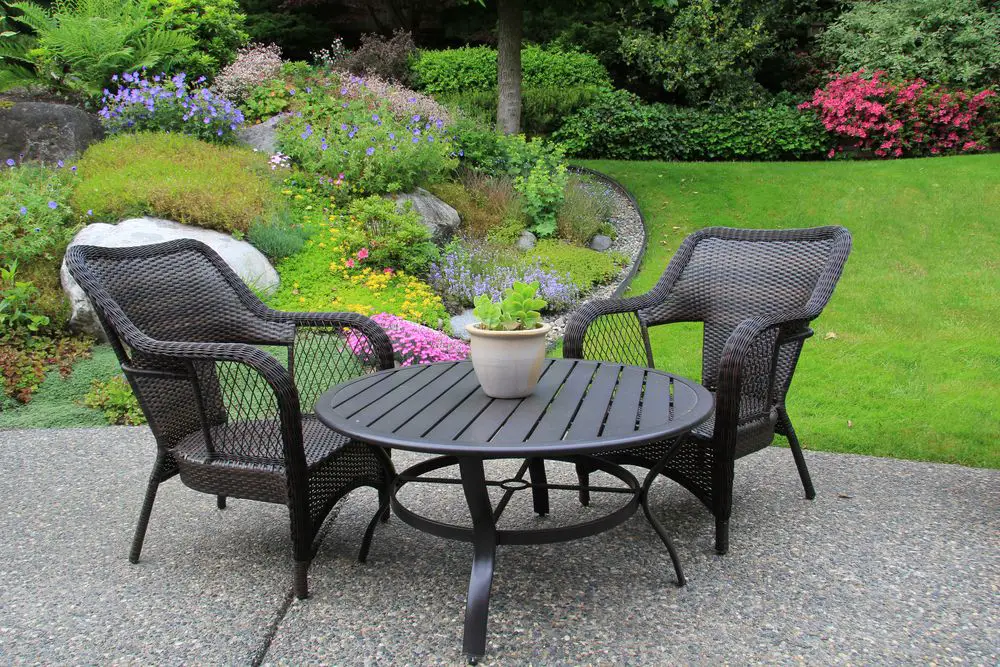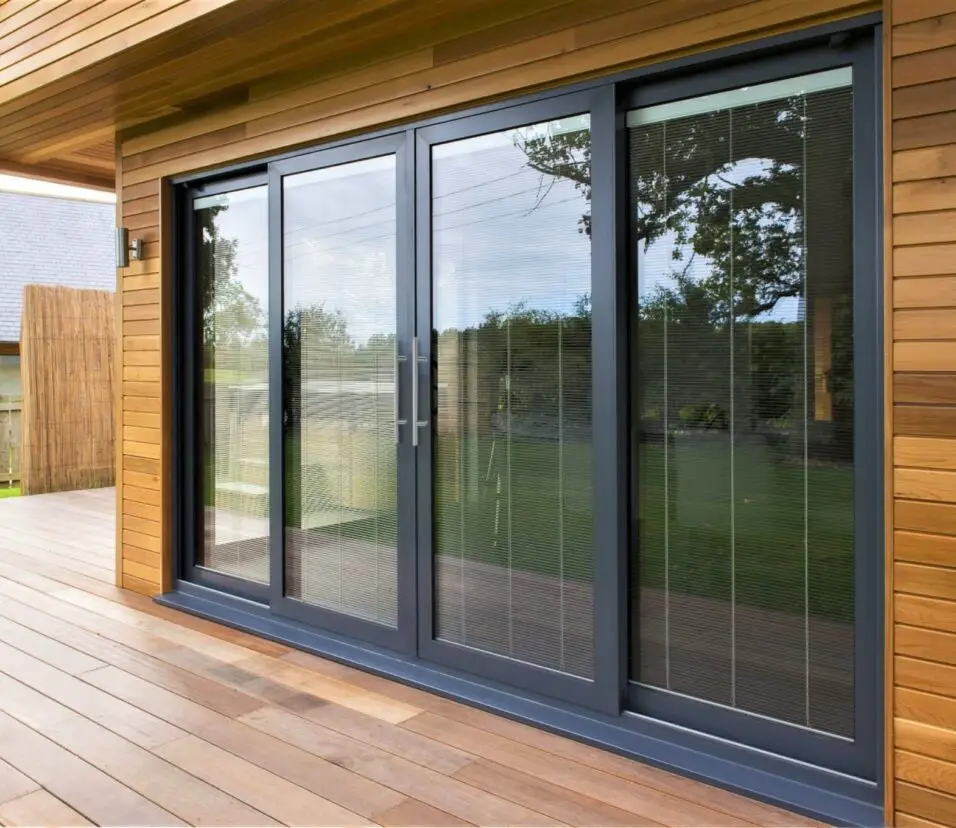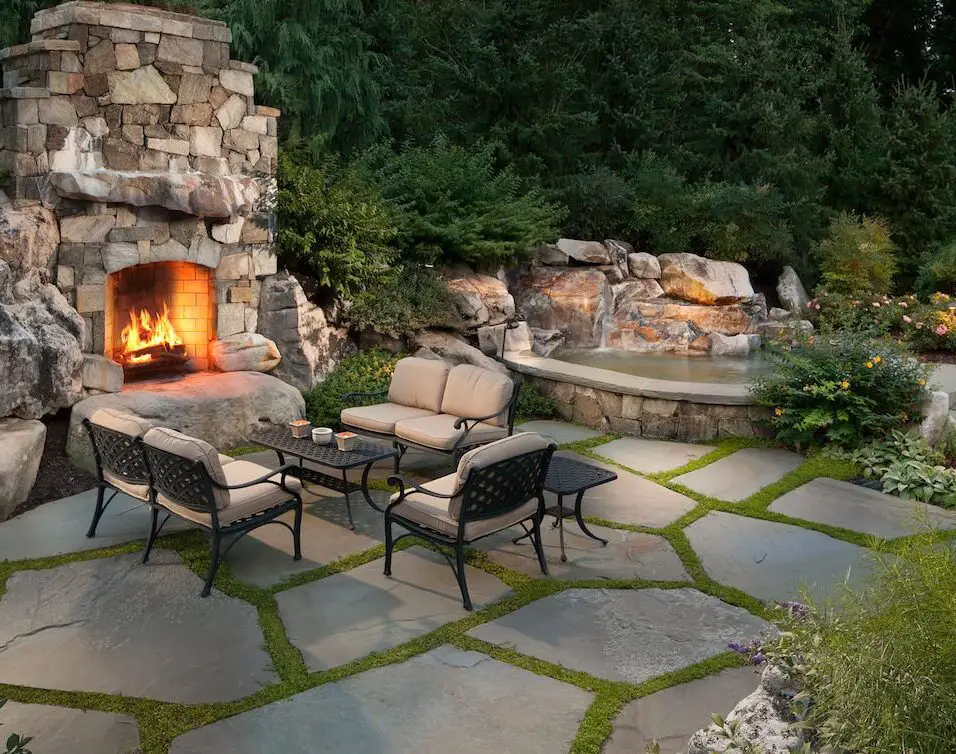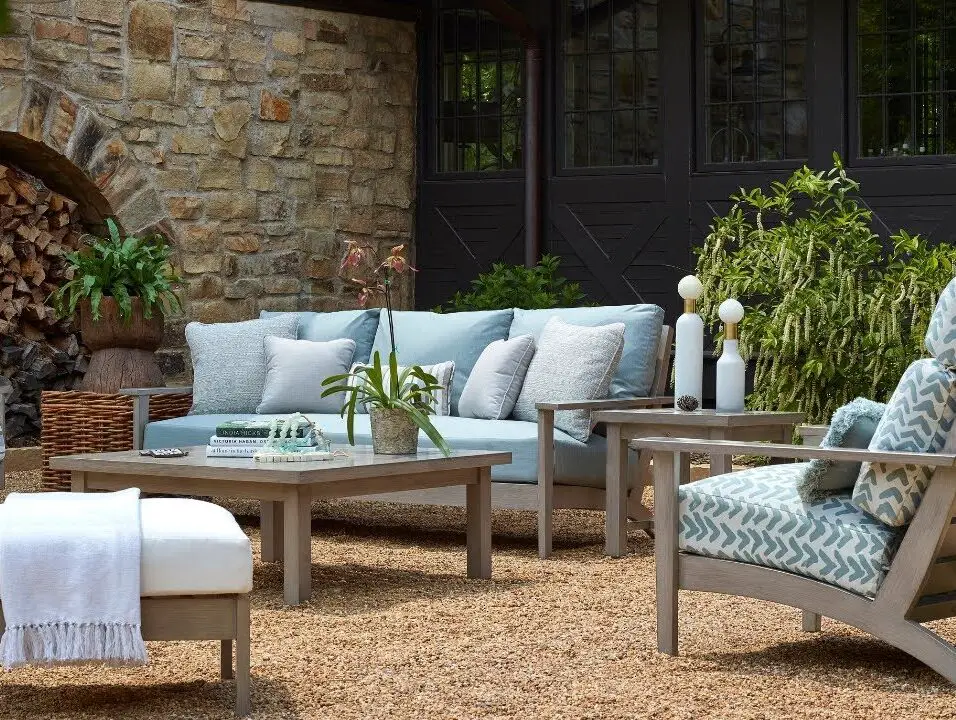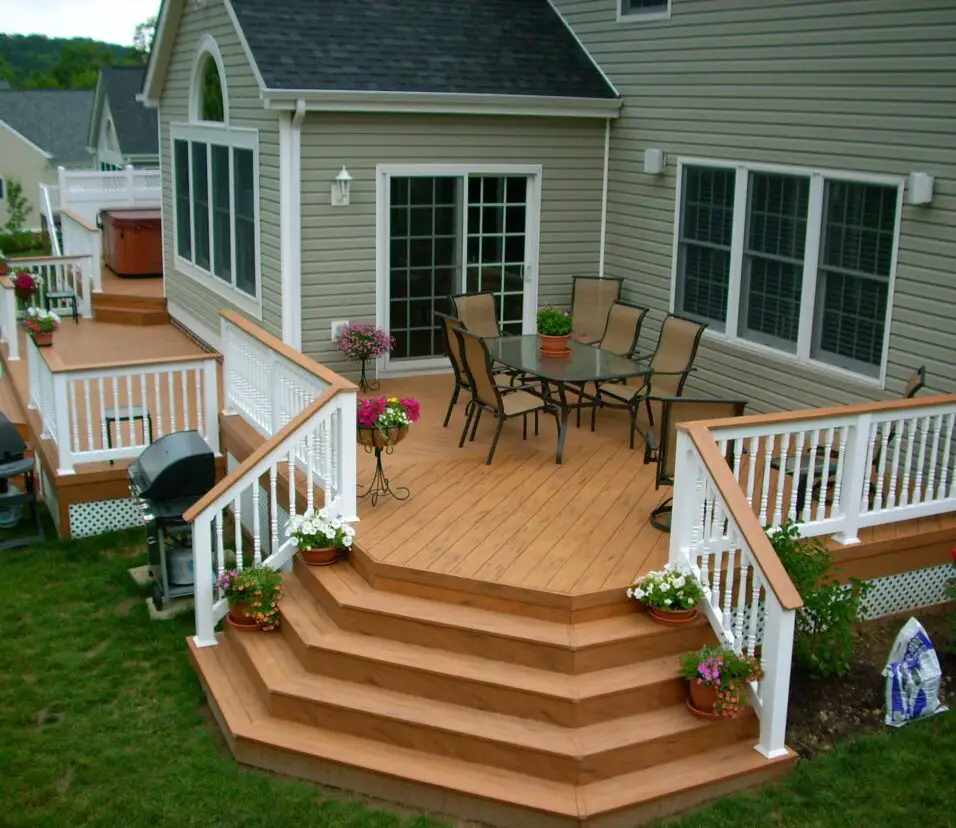How To Clean Metal Patio Furniture
Introduction
How To Clean Metal Patio Furniture: Whether your furniture is made of aluminum, wrought iron, or steel, we’ve got you covered. From basic routine cleaning to tackling stubborn stains and rust, you’ll learn the most effective and efficient methods to keep your outdoor furniture looking pristine and inviting. These steps will not only safeguard your furniture from the elements but also simplify future cleaning tasks.
Investing a little time and effort into proper cleaning and maintenance will not only extend the lifespan of your metal patio screen furniture but also provide you and your guests with a comfortable and aesthetically pleasing outdoor experience. Furthermore, we’ll delve into the significance of proper protective measures, such as applying weather-resistant coatings and using furniture covers when not in use.
Whether you’re a seasoned outdoor furniture enthusiast or a newcomer looking to revitalize your metal patio setup, our easy-to-follow instructions and expert advice will empower you to achieve exceptional results. So, get ready to discover the secrets to maintaining metal patio furniture that stands the test of time, ensuring years of enjoyment and relaxation in your outdoor oasis.
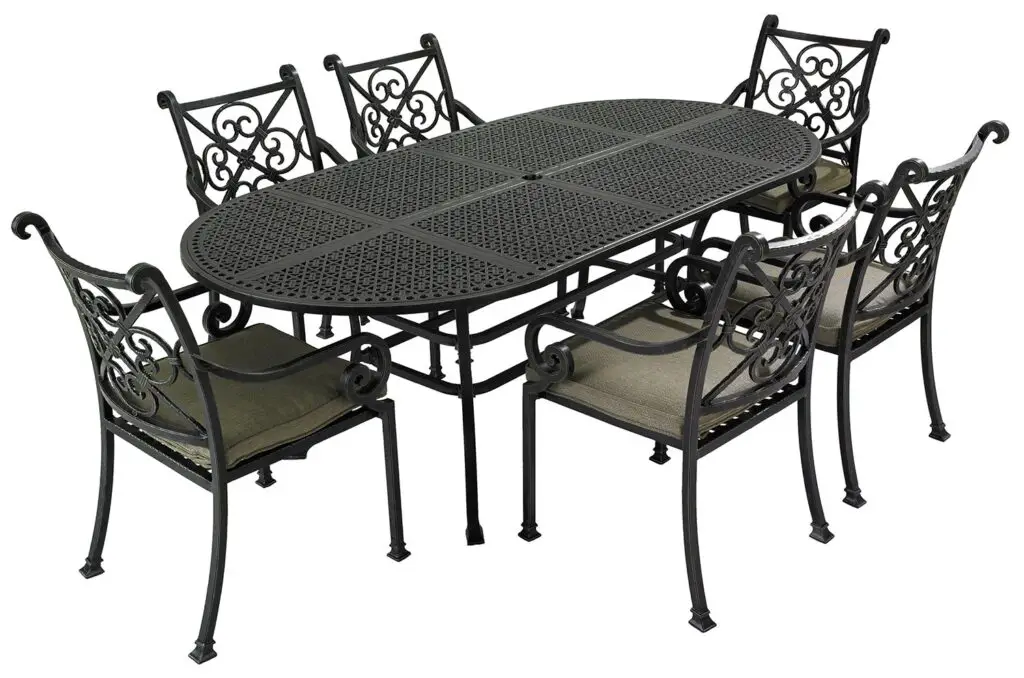
How do you make metal outdoor furniture look new?
How to Paint Rusty Metal Furniture
- Remove Loose Rust. Examine each furniture piece to determine any rusted areas that need attention.
- Sand Rusty Areas. Use a sanding block ($6, The Home Depot) to remove rust down to the bare metal.
- Spray on Primer.
- Apply Spray Paint.
- Finish with Sealer.
The first and crucial step to rejuvenating your metal outdoor furniture is a thorough cleaning. Begin by removing any cushions, pillows, or fabric elements and setting them aside for separate cleaning. Use a soft brush or cloth to wipe away loose debris, dust, and dirt from the metal surfaces.
For stubborn grime, mix a mild detergent with warm water and apply it to the furniture using a soft brush. Avoid using harsh chemicals or abrasive scrubbers, as they may damage the metal’s finish. Rinse the furniture thoroughly with a garden hose, and then wipe it dry with a clean cloth to prevent water spots.
Stains and mildew can be a common problem for metal outdoor furniture, especially in humid or shaded areas. To tackle these issues, create a solution of equal parts white vinegar and water and apply it to the affected areas. Let it sit for a few minutes, then gently scrub with a soft brush. Rinse thoroughly and dry the furniture afterward.
Rust is a metal’s worst enemy, but fear not – it can be addressed effectively. Begin by using a wire brush or sandpaper to remove surface rust gently. For more severe rust, consider using a rust remover product following the manufacturer’s instructions. Once the rust is removed, rinse the furniture and dry it thoroughly.
For added protection against future rusting, you can apply a rust-resistant primer and paint specifically designed for outdoor metal surfaces. Choose a color that complements your outdoor decor and follow the application instructions carefully.
What is the best way to clean metal furniture?
How To Clean Indoor Metal Furniture
- How To Clean Indoor Metal Furniture
- Avoid abrasive cloths and detergents.
- Remember to remove fabric cushions/ coverings.
- Dust with a soft brush or cloth.
- Mix warm water and washing up liquid.
- Scrub with a cloth or sponge.
- Wipe the furniture dry.
Before you start cleaning, gather the necessary materials. You’ll need a soft brush or cloth, mild detergent or dish soap, warm water, white vinegar, a garden hose, a soft sponge, and a microfiber cloth for drying.
Begin by dusting off the metal furniture with a soft brush or cloth to remove any loose dirt or debris. This step is essential to prevent scratches during the cleaning process.
Mix a small amount of mild detergent or dish soap with warm water to create a gentle cleaning solution. Use a soft sponge or cloth to apply the solution to the metal surface, scrubbing gently to remove dirt and stains. Avoid using abrasive materials that can scratch the metal.
For tougher stains or grime, consider adding a small amount of white vinegar to the cleaning solution. White vinegar is an effective and natural cleaner that can break down stubborn stains without damaging the metal finish. Apply the solution to the affected areas and let it sit for a few minutes before gently scrubbing and rinsing.
If you encounter rust spots, it’s essential to address them promptly. Use a wire brush or sandpaper to gently remove surface rust. For more severe rust, consider using a commercial rust remover product, following the manufacturer’s instructions carefully. Rinse thoroughly and dry the furniture afterward.
How do I rejuvenate the metal on my outdoor furniture?
- Step 1: Scrape With a Wire Brush. Use a wire brush to remove any loose pieces of rust.
- Step 2: Sand Off Remaining Rust.
- Step 3: Hand-Sand Crevices and Curves.
- Step 4: Clean With Solvent.
- Step 5: Apply Primer.
- Step 6: Spray on Paint.
- Step 7: How to Fix Drips.
- Step 8: Protect With Sealer.
The first step in rejuvenating your outdoor furniture is a thorough cleaning. Remove any cushions or fabric elements and set them aside for separate cleaning. Use a soft brush or cloth to wipe away loose debris, dust, and dirt from the metal surfaces.
Prepare a cleaning solution using warm water and a mild detergent or dish soap. Dip a soft sponge or cloth into the solution and gently scrub the metal surfaces to remove any stubborn grime or stains. Avoid using abrasive materials that could scratch the metal.
If you encounter rust spots on your metal furniture, it’s essential to address them promptly. Use a wire brush or sandpaper to gently remove surface rust. For more severe rust, consider using a rust remover product, following the manufacturer’s instructions carefully. Rinse thoroughly and dry the furniture afterward.
To restore the shine and luster of the metal, use a metal polish specifically designed for your type of metal (e.g., aluminum, wrought iron, stainless steel). Apply the polish using a soft cloth, following the product’s instructions. Buff the metal surfaces in circular motions until you achieve the desired shine.
How do you remove rust from metal patio furniture?
Use white vinegar
Fill a spray bottle with white vinegar and add a pinch of salt to increase the acidity level. Spray it on the affected area and allow it to sit for about 15 minutes, then gently scrub off with a wire brush or piece of steel wool.
Before you begin, ensure you are working in a well-ventilated area and wear appropriate safety gear, such as gloves and safety goggles, to protect yourself from any rust particles or chemicals.
You’ll need some essential tools and materials for rust removal. These include a wire brush, sandpaper (coarse and fine grit), white vinegar, lemon juice, baking soda, a soft cloth, and a protective coating or paint (if needed).
Using a wire brush or coarse sandpaper, gently scrub the metal surface to remove any loose or flaking rust. This step prepares the surface for the subsequent rust removal techniques.
White vinegar is an effective natural rust remover. Soak a soft cloth or paper towel in white vinegar and place it directly on the rusted area. Allow it to sit for a few hours or overnight to let the vinegar dissolve the rust. Afterward, use the soaked cloth to scrub the rusted area gently. Rinse the furniture thoroughly with water and dry it with a clean cloth.
Another natural rust removal method involves using lemon and baking soda. Sprinkle baking soda on the rusted area and squeeze lemon juice over it until it forms a paste. Let it sit for about 30 minutes, then use a soft brush or cloth to scrub away the rust. Rinse the furniture thoroughly and dry it completely.
What is the easiest way to clean metal?
First, you’ll want to wash it with warm soapy water. For something like a sauce or frying pan, you can soak it in boiled water with added lemon juice or white vinegar. For larger surfaces, simply cut a lemon in half and rub it over the surface before rinsing off and drying.
For light cleaning and regular maintenance, dusting and wiping with a soft, dry cloth are often sufficient. This simple step helps remove surface dust, fingerprints, and minor smudges, keeping the metal looking clean and polished.
For most metal surfaces, including stainless steel and aluminum, a mixture of warm water and a mild dish detergent is an effective and gentle cleaning solution. Dilute a small amount of detergent in warm water and use a soft sponge or cloth to wipe down the metal surfaces. Rinse thoroughly with clean water and dry with a soft cloth to prevent water spots.
White vinegar and lemon juice are natural and mild acids that can help remove stains, water spots, and minor rust from metal surfaces. Dip a cloth in white vinegar or lemon juice and apply it directly to the affected areas. Allow it to sit for a few minutes before gently scrubbing and rinsing with water.
For more stubborn stains or grime, create a paste using baking soda and water. Apply the paste to the metal surface and let it sit for a few minutes before scrubbing gently with a soft brush or cloth. Baking soda is non-abrasive and works well on various metal types.
Which cleaner is used to clean metal surfaces?
Alcohol is a low VOC solvent (low volatile organic compound) that is safe to use, requiring little safety gear and effectively prevents gumming and build up on machines. Acetone – Much like alcohol, acetone is generally safe to use and is a strong degreaser that can be used to wipe metal machinery clean after use.
White vinegar is a natural and mild acid that is often used to clean metal surfaces. It works well on stainless steel, chrome, and aluminum, helping to remove water spots, stains, and light rust. Vinegar can be applied directly or diluted with water, depending on the level of cleaning required.
Lemon juice is another natural acid that is effective for cleaning metal surfaces. It can be used in a similar manner to white vinegar, helping to remove stains and brighten metal surfaces. Lemon juice is particularly useful for copper and brass items.
Baking soda is a gentle abrasive that is safe to use on many metal surfaces. It can be used to create a paste by mixing with water, which helps remove stubborn stains, tarnish, and rust. Baking soda is commonly used on stainless steel, copper, and aluminum.
There are numerous commercial metal cleaners available in the market, each formulated for specific metal types and cleaning purposes. These cleaners often come in sprays, wipes, or gels and are designed to tackle tough stains, heavy tarnish, and rust. When using commercial metal cleaners, it is essential to follow the manufacturer’s instructions and test the product on a small area first.
For certain metal surfaces, like stainless steel and chrome, specialized metal polish is available. These polishes are formulated to add shine and remove fine scratches, restoring the metal’s luster.
Can soap clean metal?
An expert from the American Chemical Society suggests that using simple soap and water to clean a metal surface will get the job done if you use a sponge and scrub with the same degree of force you would use if you were attempting to remove a sticky residue.
Stainless Steel: Mild dish detergent mixed with warm water is a popular and safe cleaning solution for stainless steel surfaces. It helps remove fingerprints, water spots, and general grime, leaving the stainless steel shiny and clean.
Aluminum: Soap and water are also suitable for cleaning aluminum surfaces. It can be used to remove light dirt and stains without causing damage to the metal. However, it’s important to avoid using abrasive materials or strong chemicals on aluminum, as they can harm the protective oxide layer.
Copper and Brass: Soap can effectively clean copper and brass surfaces, particularly when dealing with tarnish and light stains. The mild cleaning action of soap helps brighten and restore the shine of these metals.
Chrome: Mild dish detergent or soap mixed with water is safe for cleaning chrome surfaces. It can help remove dirt and grime, restoring the shine of chrome fixtures and accessories.
Wrought Iron: For wrought iron furniture or decor, a soapy solution is suitable for light cleaning and removing surface dirt. For more severe stains or rust, additional cleaning methods may be required.
How do you remove rust from metal furniture?
Process
- Prepare a baking soda & water paste for moderate rust levels.
- Use hydrogen peroxide instead of water for hard rust.
- Apply the thick paste to the affected surface.
- Allow the paste to sit for not more than 20 minutes.
- Scrub the area with an abrasive scrubber like sandpaper or bristle brush.
Before you begin, ensure you are working in a well-ventilated area and wear appropriate safety gear, such as gloves and safety goggles, to protect yourself from any rust particles or chemicals.
You’ll need some essential tools and materials for rust removal. These include a wire brush, sandpaper (coarse and fine grit), white vinegar, lemon juice, baking soda, a soft cloth, and a protective coating or paint (if needed).
Using a wire brush or coarse sandpaper, gently scrub the metal surface to remove any loose or flaking rust. This step prepares the surface for the subsequent rust removal techniques.
White vinegar is a natural and mild acid that is often used to remove rust from metal surfaces. Soak a soft cloth or paper towel in white vinegar and place it directly on the rusted area.
Allow it to sit for a few hours or overnight to let the vinegar dissolve the rust. Afterward, use the soaked cloth to scrub the rusted area gently. Rinse the furniture thoroughly with water and dry it with a clean cloth.
Another natural rust removal method involves using lemon and baking soda. Sprinkle baking soda on the rusted area and squeeze lemon juice over it until it forms a paste. Let it sit for about 30 minutes, then use a soft brush or cloth to scrub away the rust. Rinse the furniture thoroughly and dry it completely.
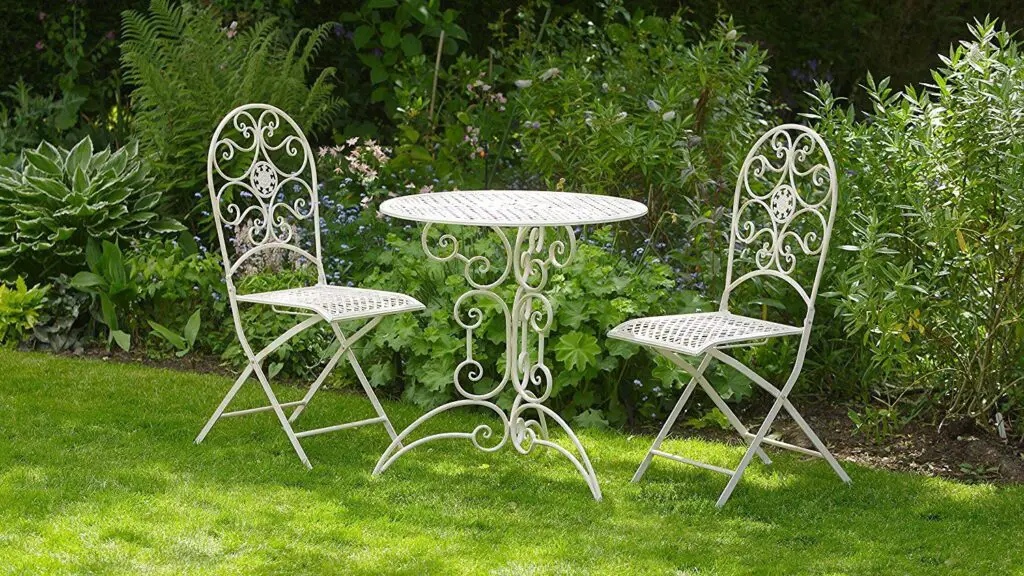
Conclusion
Regular cleaning is essential to prevent dirt, grime, and environmental elements from taking a toll on your metal patio furniture. Whether it’s aluminum, wrought iron, or steel, each type requires special care, and we’ve covered all the bases to ensure your furniture remains in top-notch condition. A community of proud outdoor enthusiasts who understand the importance of caring for their metal patio furniture.
Remember to clean your metal patio furniture at least once a season, and address any stains or rust promptly to prevent further damage. By incorporating protective measures, such as weather-resistant coatings and furniture covers, you’ll prolong the lifespan of your furniture and reduce the need for intensive cleaning in the future.
Maintaining a clean and inviting outdoor space not only enhances the aesthetics of your home but also creates a relaxing and enjoyable atmosphere for you, your family, and your guests. So, take pride in your beautifully clean metal patio furniture and take pleasure in the outdoor oasis you’ve created. As you enjoy your clean and well-maintained outdoor furniture, don’t forget to share these valuable tips with friends, family, and fellow homeowners.



